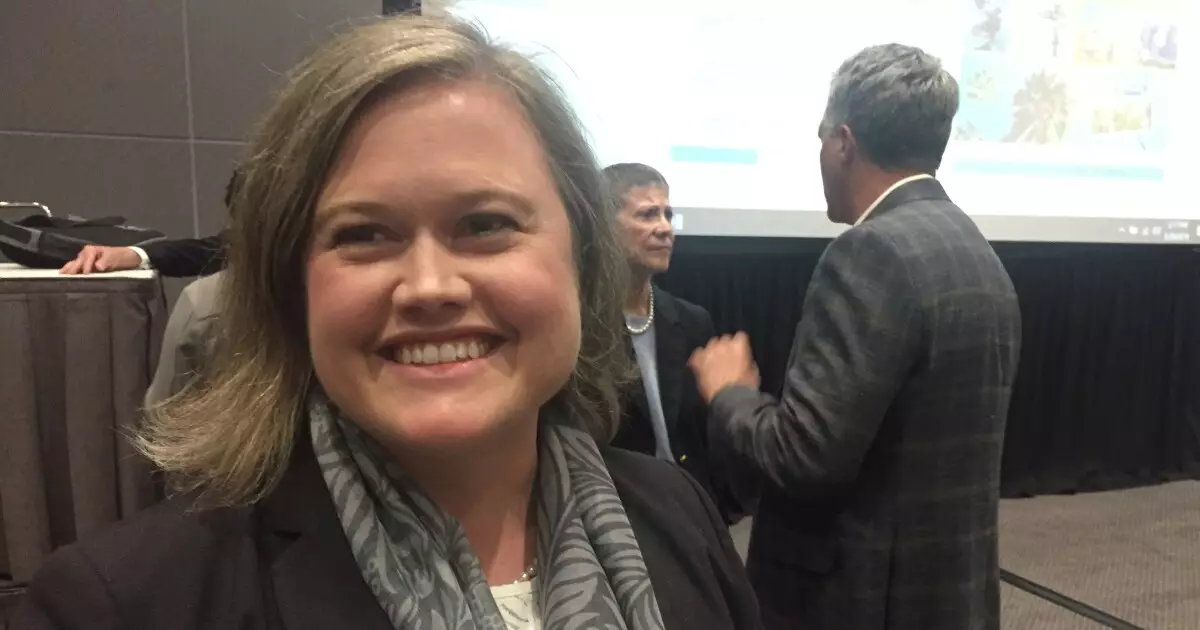The failure of the recently proposed continuing resolution (CR) aimed at keeping the federal government operational until March 14 has raised significant alarms across the political landscape. This breakdown, which took place amidst vocal opposition from President-elect Trump and tech magnate Elon Musk, is testing the delicate balance of federal funding, particularly for states and municipalities that heavily depend on such financial support. As discussions unfold, it becomes evident that the ramifications of this failure will extend well beyond government corridors, impacting essential services that state governments provide.
States and municipalities have come to rely heavily on federal funds for critical areas, including infrastructure development and Medicaid programs. These funding channels serve as lifelines for local agencies that generally operate on tight budgets. Infrastructure funds, often allotted as reimbursements for expenditures already incurred, are vital for maintaining and improving public services. As Congress faces a tight deadline to resolve the funding impasse, stakeholders such as Emily Brock, Director of the Federal Liaison Center at the Government Finance Officers Association, are urging the need for a collaborative resolution among lawmakers. Failure to act could sideline crucial projects aimed at enhancing public welfare.
The scuttled CR was part of a larger package that allocated an estimated $110.4 billion towards various federal initiatives. These programs included crucial disaster relief funds earmarked for emergency management, agricultural support, and transportation projects. As this funding hangs in the balance, the risks are palpable. Notably, the package also proposed cost-of-living raises for legislators, introducing an intricate layer of controversy given the larger context of economic insecurity in many communities across the nation.
The rhetoric from Trump and Vice President-elect Vance highlights a growing divide within the political sphere, stressing a need for fiscal restraint amid discussions of increased debt limits. Their claims regarding “Democrat giveaways” further complicate the negotiations, as lawmakers grapple with balancing essential services against perceived political concessions. This premise adds a layer of complexity to the funding dialogue, especially as a government shutdown looms.
At the heart of the funding dilemma lies the persistent issue of the debt ceiling—a legal cap on the amount of money the government can borrow. This hurdle has become a contentious talking point, often wielded as a political weapon rather than a straightforward fiscal obligation. Analysts believe that decisions made concerning the debt ceiling will have long-lasting implications for the economy, with potential destabilization of the bond market acting as a warning to the incoming administration. Elon Musk’s intervention through social media amplifies this complexity as he focuses on specific projects, like the contentious repairs to the Francis Scott Key Bridge, revealing how localized projects can trigger broader economic discussions.
Emily Brock’s statements suggest that the unresolved budgetary crisis should serve as a wake-up call for municipal governance and fiscal policy. The atmosphere is starkly different from previous years, and historical precedents no longer apply. Municipal leaders and financial markets must prepare for an evolving paradigm in governance that emphasizes fiscal discipline and an acute awareness of the Republican Party’s shifting priorities. The financial community’s reaction to the government shutdown will likely be the first test of the resilience of local economies amidst federal turbulence.
As attention turns towards Congress to resolve the funding impasse, the implications of the CR’s collapse cannot be overstated. This situation serves as a microcosm of the political divisions that permeate contemporary governance, complicating the efficient delivery of services critical to state welfare. Stakeholders at all levels must recognize the risks associated with a potential government shutdown, both in terms of immediate service disruptions and broader economic ramifications. Ultimately, this crisis offers a pivotal moment for legislative leaders to reevaluate priorities and collaborate more strategically, ensuring that vital federal funds continue to flow for the betterment of state and local communities.

